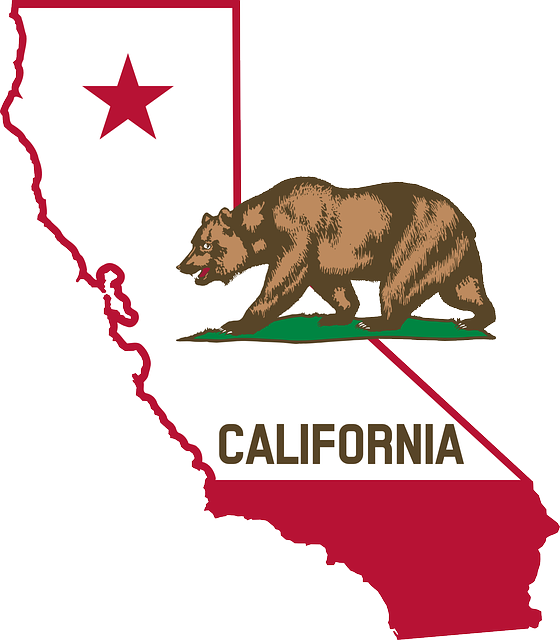You may have heard about it: Silicon Valley billionaire Tim Draper wants to divide California into six separate states, and he wants Californians to vote on the issue. Earlier this year, supporters of the proposed ballot measure got the go-ahead to collect signatures for a new initiative, one Draper calls “Six Californias.” Supporters say they submitted 1.3 million signatures to the California Secretary of State on July 15. The measure qualifies for the November 2016 ballot if 807,615 of those signatures are deemed valid.
Prior attempts to split California are nothing new because as it turns out, even a few of those called to put together this state’s constitution in 1849 questioned whether the state should be divided. At that time, Bvt. Brigadier-General Bennet Riley, military governor of California, issued a proclamation that recommended the formation of a state constitution or a plan of a territorial government. (J. ROSS BROWNE, THE DEBATES IN THE CONVENTION OF CALIFORNIA ON THE FORMATION OF THE STATE CONSTITUTION 3-5 (1850)) This was to occur via convention. (Id.) Delegates were chosen from throughout the California Territory, and the California Constitutional Convention began on September 1, 1849, in Monterey. (Id. at 7.)
One of the earliest questions the delegates considered was whether “the convention should now proceed to form a state constitution for California.” (Brown, supra, at 21.) There was some debate whether the first question should be whether California should organize as a state or as a territory. Then J.A. Carillo, a delegate from Los Angeles, (Id. at 11.) spoke up:
“Mr. Carillo stated that he represented one of the most respectable communities in California, and he did not believe it to be to the interest of his constituents that a State Government should be formed. At the same time, as a great majority of this Convention appeared to be in favor of a State Government, he proposed that the country should be divided by running a line west from San Luis Obispo, so that all north of that line might have a State Government, and all south thereof a Territorial Government. He and his colleagues were under instructions to vote for a Territorial organization. He took this view, because he believed it to be in the interest of his constituents.”
(Brown, supra, at 22.)
The reason for this proposed division is rooted firmly in the current events of the time. In 1849, gold prospectors were flooding into the state. Meanwhile, those in the southern portion of the territory who had been born in California and who had been given grants of land from Spain and Mexico feared the new state government would not represent their interests. (William Henry Ellison, The Movement for State Division in California, 1859-1860, 7 THE SOUTHWESTERN HISTORICAL QUARTERLY 105 (October 1913)) “They saw the difference between a settled, land-holding class and a transitory population, and believed that injustice could easily be done the permanent class.” (Id. at 104.) Specifically, the land owners were concerned about taxes. “… [T]he people in the south had feared from the first that a state government would bear heavily upon them, and that they therefore wanted a territorial government, under which taxation would not be a burden.” (Id. at 104-105)
This initial question was settled that the convention should organize a state government, and no dividing line was drawn through the state at San Luis Obispo.
Thus, Tim Draper’s 2014 ballot proposal approximately 160 years later is not without historical precedent.
Contact Legislative Intent Service, Inc. at 1-800-666-1917 or by email [http://www.legintent.com] for a free quote or to discuss your legislative history research questions. We are professional legislative historians at your service in the 21st Century!

